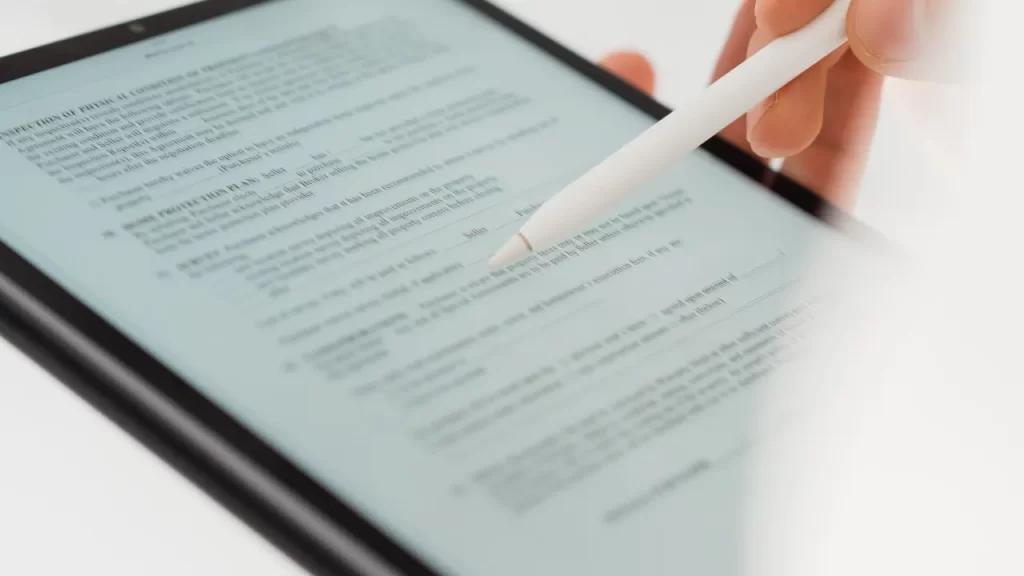CFD (Contracts for Difference) trading has gained popularity in South Africa, offering traders the ability to speculate on the price movements of various assets without owning them.
However, not all brokers are created equal.
With numerous options available, selecting the best CFD broker requires careful evaluation of factors such as regulation, fees, trading platforms, and customer support.

Step 1: Check Broker Regulation and Security
Why Regulation Matters
A regulated broker ensures that your funds are protected and that the broker operates under strict financial guidelines.
In South Africa, the Financial Sector Conduct Authority (FSCA) oversees the regulation of financial service providers.
How to Verify a Broker’s Regulation
- Visit the FSCA website and check if the broker is registered.
- Look for additional regulatory licenses from global authorities such as:
- FCA (UK) – Financial Conduct Authority
- ASIC (Australia) – Australian Securities and Investments Commission
- CySEC (Cyprus) – Cyprus Securities and Exchange Commission
Action Tip: Always avoid unregulated brokers, as they pose a higher risk of fraud or unfair trading practices.

Step 2: Compare Trading Fees and Costs
Key Cost Components in CFD Trading
- Spreads: The difference between the buying and selling price. Lower spreads reduce your trading costs.
- Commission Fees: Some brokers charge commissions per trade, while others offer commission-free trading.
- Overnight Financing Fees: Fees charged for holding leveraged positions overnight.
- Deposit and Withdrawal Fees: Some brokers charge transaction fees when funding or withdrawing from your account.
How to Choose a Broker with Fair Fees
- Compare spreads across different brokers.
- Look for a broker that offers transparent pricing with no hidden fees.
- Consider the impact of financing fees if you plan to hold positions overnight.
Action Tip: Always check a broker’s fee structure on their website before opening an account.

Step 3: Evaluate the Trading Platform and Tools
What to Look for in a Trading Platform
- User-Friendly Interface: The platform should be easy to navigate, even for beginners.
- Charting and Analysis Tools: Essential for technical and fundamental analysis.
- Order Execution Speed: Faster execution reduces slippage and ensures accurate trade placement.
- Mobile Compatibility: A good mobile app allows you to trade on the go.
Popular CFD Trading Platforms
- MetaTrader 4 (MT4): Popular for forex and CFD trading, with advanced charting tools.
- MetaTrader 5 (MT5): An upgraded version of MT4 with more features.
- cTrader: Preferred by traders who require more flexibility in order execution.
- Proprietary Platforms: Some brokers offer their own platforms with unique features.
Action Tip: Use a demo account to test a broker’s platform before trading with real money.

Step 4: Assess Available Trading Instruments
Diversity in CFD Markets
The best CFD brokers offer a wide range of trading instruments, including:
- Forex (Currency Pairs) – EUR/USD, USD/ZAR, GBP/USD
- Indices – S&P 500, NASDAQ, JSE Top 40
- Commodities – Gold, Silver, Oil
- Stocks – Apple, Tesla, Naspers
- Cryptocurrencies – Bitcoin, Ethereum
Why Market Diversity Matters
A broker with a variety of CFD assets allows you to diversify your trading portfolio and explore different markets.
Action Tip: Choose a broker that offers multiple asset classes to expand your trading opportunities.

Step 5: Analyze Leverage and Margin Requirements
Understanding Leverage
Leverage allows you to trade larger positions with a smaller capital investment. In South Africa, CFD brokers typically offer leverage ratios such as:
- Forex CFDs: Up to 1:500
- Stock CFDs: Up to 1:20
- Cryptocurrency CFDs: Up to 1:10
The Risks of High Leverage
While leverage can amplify profits, it also increases losses. Ensure that the broker provides risk management tools such as negative balance protection to prevent losing more than your account balance.
Action Tip: Start with lower leverage levels and increase gradually as you gain experience.

Step 6: Test Customer Support and Service Quality
Key Customer Support Features
- Live Chat & Phone Support: Immediate assistance for urgent issues.
- Email Support: For less urgent inquiries.
- Educational Resources: Webinars, tutorials, and market analysis reports.
How to Evaluate a Broker’s Customer Support
- Contact their support team with a question and assess response time.
- Read online reviews about customer service experiences.
- Check if the broker provides support in your preferred language.
Action Tip: A broker with 24/5 or 24/7 customer support is preferable for CFD traders.

Step 7: Look for Bonus Offers and Promotions (But Be Cautious)
Some brokers offer welcome bonuses, deposit bonuses, or cashback rewards to attract traders. While these offers may seem attractive, they often come with trading volume requirements that can be difficult to meet.
Things to Watch Out For
- High withdrawal conditions for bonus-related funds.
- Brokers that use unrealistic bonus schemes to lure traders into poor trading conditions.
Action Tip: Read the bonus terms and conditions before accepting any promotional offer.
Conclusion
Choosing the right CFD broker in South Africa requires thorough research and comparison. By evaluating factors such as regulation, trading fees, platforms, market offerings, leverage, and customer support, you can find a broker that meets your trading needs and enhances your overall experience.
Key Takeaways:
✔ Ensure the broker is FSCA-regulated for safety.
✔ Compare spreads, commissions, and fees to minimize trading costs.
✔ Test the trading platform with a demo account.
✔ Look for a broker with a wide range of CFD markets to trade.
✔ Choose a broker that offers good customer support and educational tools.
With the right broker, you can trade CFDs in South Africa confidently and efficiently.






